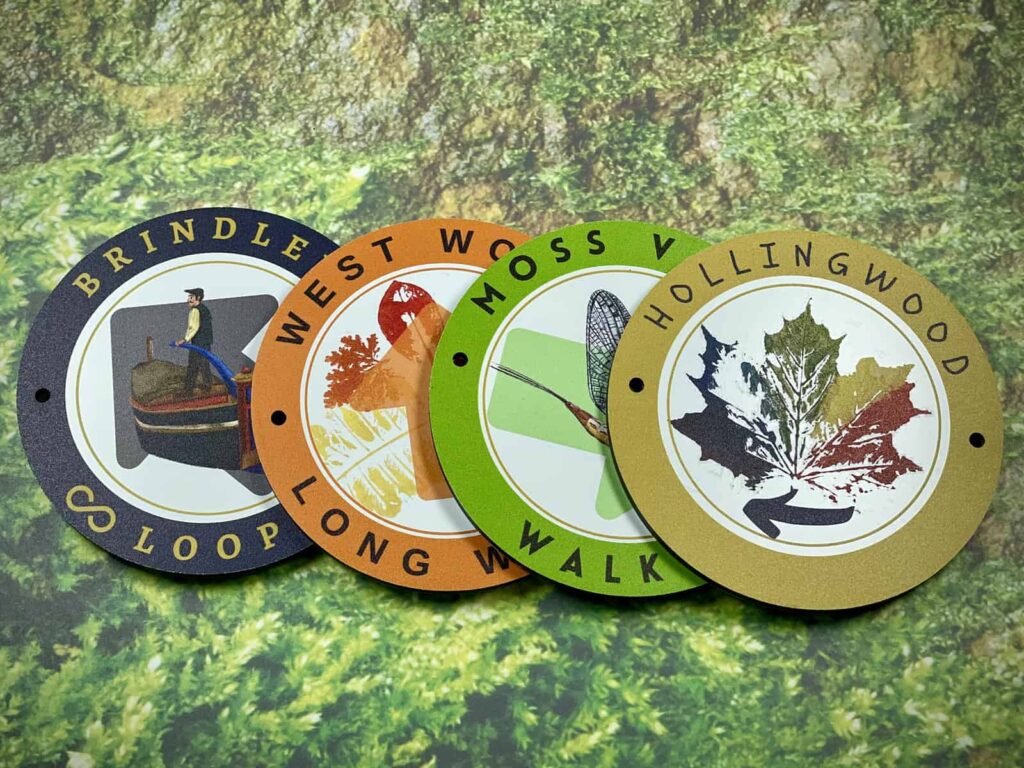
Navigating through expansive outdoor spaces like parks, trails, and conservation areas can be challenging without the right guidance. Waymarkers play a vital role in guiding visitors safely and efficiently through these areas. They provide directional cues and information, helping to prevent confusion and enhance the overall visitor experience. This comprehensive guide will delve into the different types of waymarkers, their importance in outdoor navigation, and how to choose the right style and material for various environments.
The Importance of Waymarkers in Outdoor Navigation
Waymarkers are more than just directional signs; they are integrated into outdoor environments to offer seamless navigation, convey rules, and provide educational information. Effective waymarkers contribute to the safety and enjoyment of outdoor spaces by ensuring that visitors can explore without the fear of getting lost. Additionally, they help to manage visitor flow, which is crucial for the preservation of natural habitats and the maintenance of trails.
Types of Waymarkers
Waymarkers come in various forms, each suited to different environments and purposes:
- Fingerposts: Traditional and highly visible, these are often used at trailheads or intersections to direct visitors along multiple routes.
- Discs and Plates: These are typically used to mark specific routes or provide information about the local flora and fauna.
- Pictorial Signs: These use symbols or pictures, which are ideal for international visitors who may not speak the local language.
The selection of waymarkers is critical in areas where ensuring the correct path is taken is essential, not just for the convenience of the visitor but also for the protection of the environment. Incorrect routing can lead to soil erosion, vegetation damage, and disrupted wildlife habitats.
Materials Used in Waymarker Construction
Choosing the right material for waymarkers is essential for ensuring durability and visibility. Materials commonly used include:
- Wood: Blends well with natural surroundings and is preferred in conservation areas for its aesthetic qualities.
- Metal: Offers durability and resistance to vandalism; commonly used in high-traffic areas.
- Recycled Plastics: Environmentally friendly option that provides durability and weather resistance.
Design Considerations for Effective Waymarkers
Designing effective waymarkers involves more than selecting the right material; it also requires attention to visibility, readability, and resistance to weather conditions. Waymarkers should be designed with high-contrast colors for easy visibility and feature large, clear fonts that can be read from a distance. Additionally, they should be positioned at strategic points along the route where decisions need to be made, such as at junctions or where paths intersect.
Regulatory Compliance and Best Practices
In many areas, waymarkers must comply with specific regulatory standards that dictate their size, color, and placement. These regulations are often in place to ensure that waymarkers do not interfere with natural landscapes or historic sites. Adhering to best practices in waymarker installation not only enhances navigation but also helps to maintain the aesthetic and environmental integrity of outdoor spaces.
Maintenance and Upkeep of Waymarkers
Regular maintenance is crucial to ensure that waymarkers remain effective and continue to provide reliable guidance. Maintenance tasks may include cleaning signs, repainting faded markers, and checking for damage or vandalism. Regular audits of waymarker conditions can help identify issues early and prevent navigational problems before they arise.
Conclusion
Waymarkers are indispensable tools for navigation in outdoor spaces, offering essential guidance to visitors and helping to protect the environment by managing human traffic. By choosing the right type of waymarkers, materials, and adhering to design and regulatory standards, outdoor spaces can be made safer, more enjoyable, and easier to navigate. Whether you are managing a national park or a small community trail, understanding the fundamentals of waymarker implementation is key to enhancing the outdoor experience.



